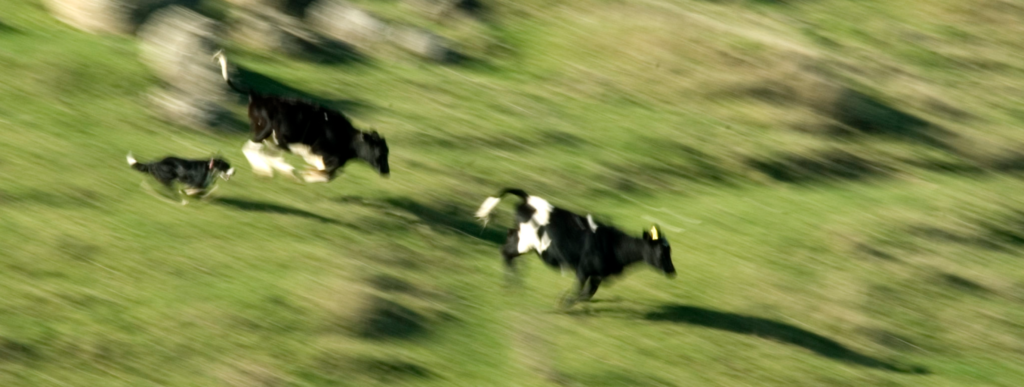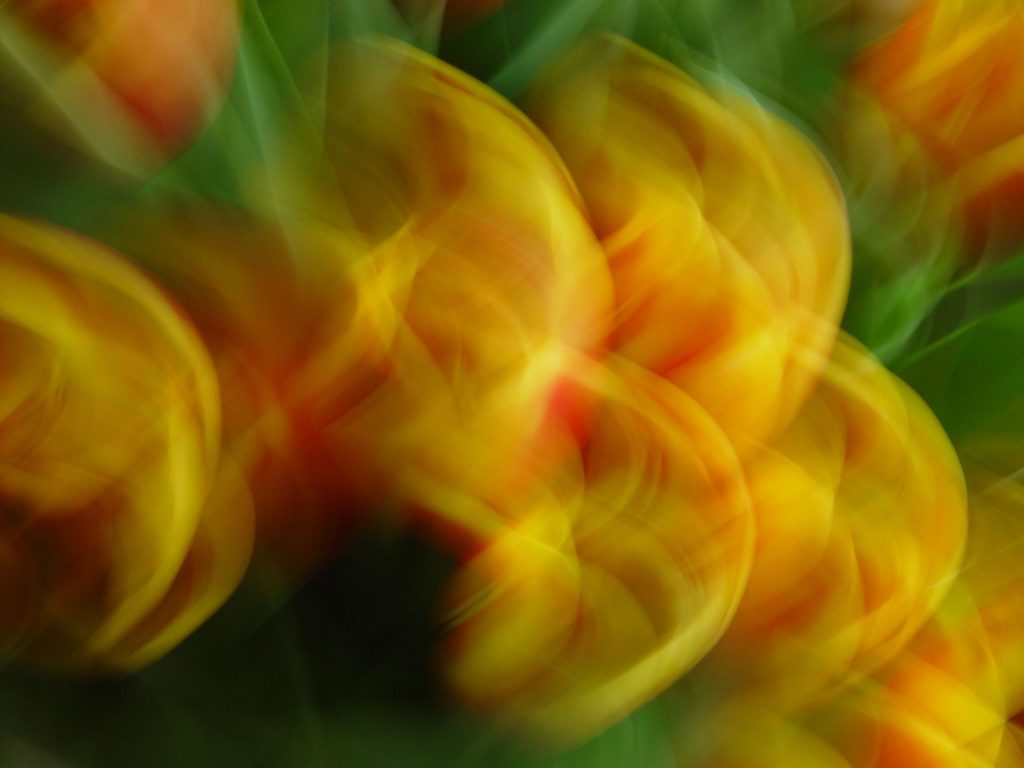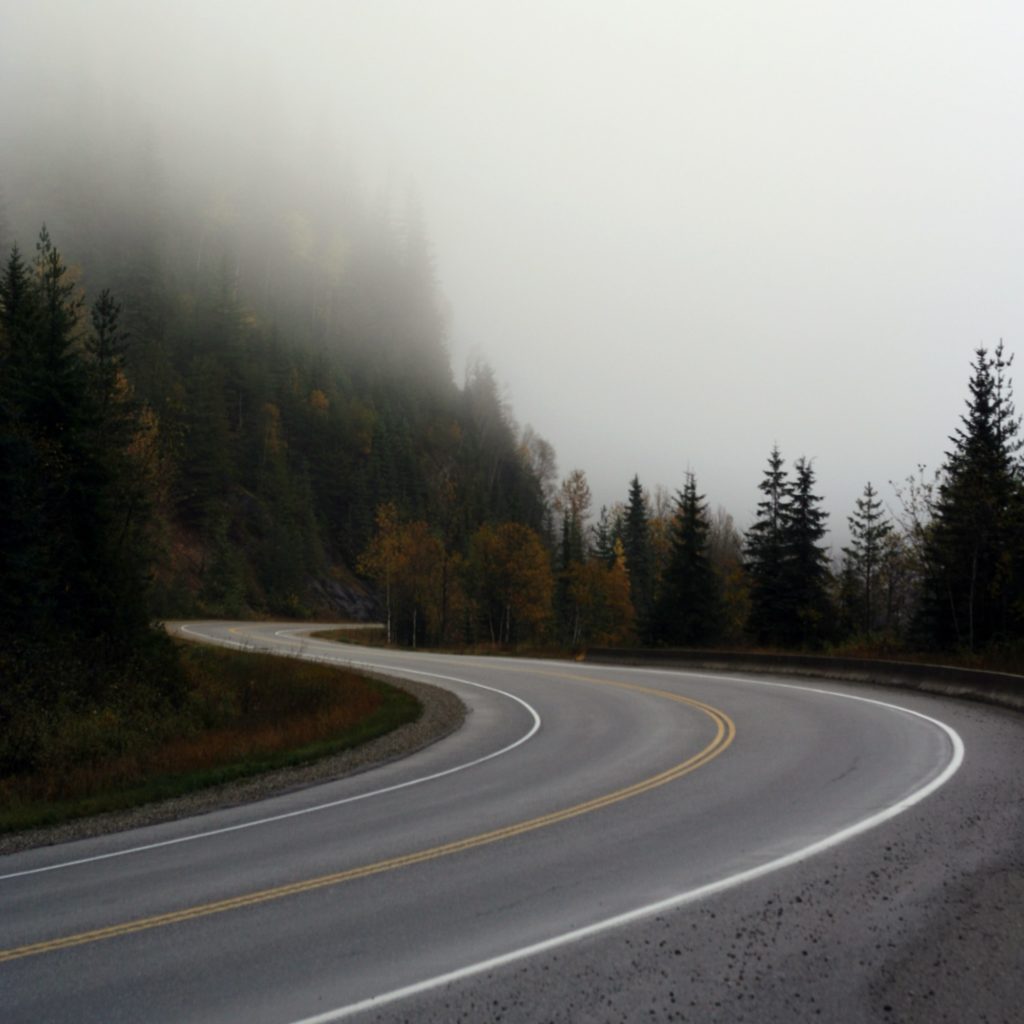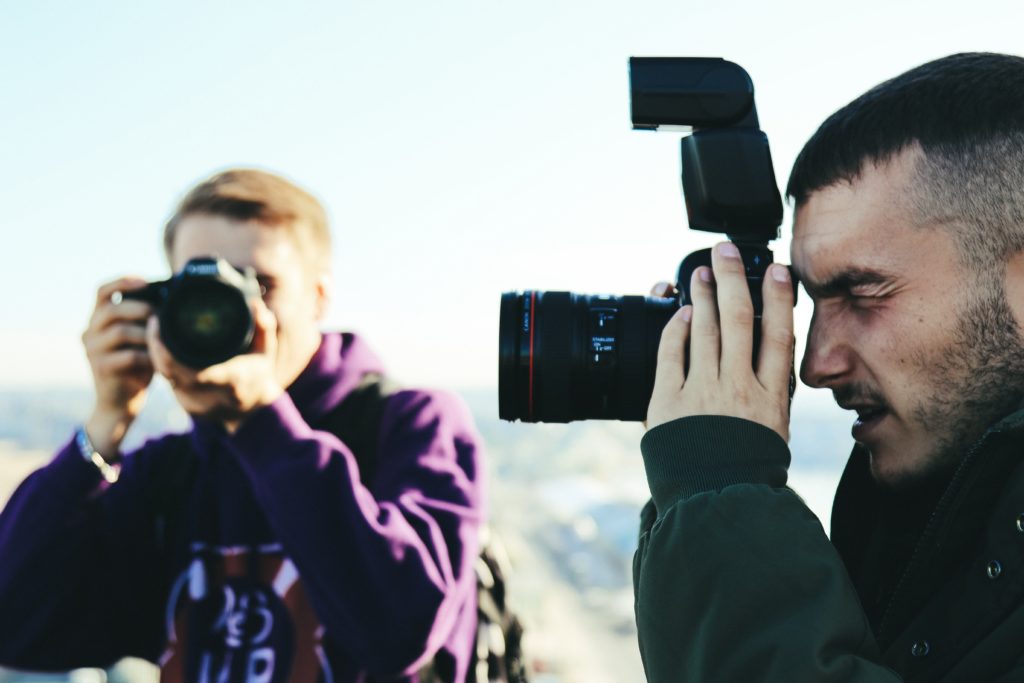There are as many photographic techniques as there are photographers and as many effects as there are cameras. One effect that every photographer should have in their arsenal is the ability to intentionally use blurring to create certain effects in their photographs. Here are a few instances in which blurring the image can often result in a stronger composition.
Movement – It's a well established convention in photography that blur can be used to convey a sense of movement – “motion blur.” And in a lot of photographic images, it is easy to see why. Using techniques such as panning or even leaving the camera stationary, but using a longer shutter speed can be a very effective way to convey this sense of movement.
The photograph below was intended to convey the sense of chaos and excitement when a cattle dog got a little carried away when rounding up some cattle. Not a single part of the scene is in focus due to the panning and the motion of the animals that were running at full speed, but the overall effect of the image works quite nicely.

Abstract – in this category of photography, your imagination is king and the effects you can go for are limitless. While blurring your abstract shots is one tool to get that abstract effect, it is only one tool in an almost infinite toolkit. But used well, it can be a very effective tool for this type of photography as it allows the photographer the ability to remove the viewers ability to positively identify recognisable objects within the image.
Arguably it is one of the simpler techniques for achieving this. At the same time it is an effective one.

Aesthetically Interpretive – This can be a difficult category of images to nail down and there is certainly no requirement for your interpretation of a scene to include even an element of blurring (though it certainly is a good tool). It is more concerned with how one interprets the emotion or feeling of a scene and conveys that through the image without paying much heed to “reality.” In one way, it's the opposite of the intentions of the famous F/64 Club of 20th Century American photographers who were concerned with absolute reality with no reference to the traditional conventions of art.
You can see in the example below that the entire scene is out of focus, but that it adds to the ethereal feel of the image – in fact, it's difficult to think that this could be a better image by being in focus.

What other types of photographs do you think work well being out of focus? Post some of your own in the comments!







6 Comments
Inspired by an interview with Michael Orton, I tried my hand at his technique. I got one good shot:
This was “painted” with a 0.5″ shutter speed at f/22 with ISO 100 at about 2:00 p.m. in the shadow of a tall tree and facing the sun. Starting with the camera pointing toward the grass, I practiced an upward swing motion. When it felt smooth, I released the slow shutter and followed through with my motion.https://farm7.staticflickr.com/6240/6284547799_db6267580b_z.jpg
streat blur
sometimes it’s nice to use blurred techniques in street photography.
https://www.flickr.com/photos/matabum/3653899190/
Great photos, very unique
I love this one.